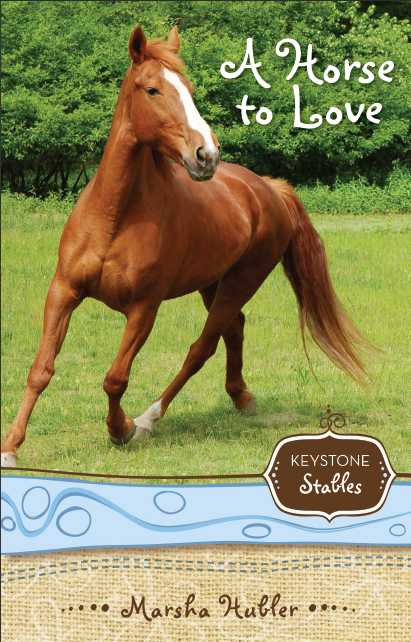October 26, 2015
Fiction That Wows Your Reader (Part 3)
Write Narration That Shows and Doesn’t Tell
If you’ve attended writers’ conferences for any length of time, you’ve probably heard this statement from fiction authors so many times you’ve felt like letting out a good scream or two: “Show, don’t tell.”
What in the world does that mean anyway? Show, Don’t Tell. In a fiction work, usually in narration, a writer must “tell” details of characters or scenes to add depth and mood to the story. But how is that done without boring your reader to the point of his tossing your book in file 13?
I’ve found the best way to learn this technique is to read best-selling published authors. I’ve written pages and pages of excerpts of good writing, NOT TO COPY, but to study the authors’ use of words, clever descriptions, and the mood. I then attempted to apply their techniques to my own writing, and after working at it for years, I began to see a vast improvement in my own style. Now after 20 years, I think I finally have a handle on learning to show and not tell.
Let’s look at a few examples of “telling” vs. “showing” and determine which samples would hold the reader’s interest by drawing him into the description or action and which samples should find their way into the DELETE file:
Sample One
Sample of Telling – this is a scene description from one of my Keystone Stables books, SUMMER CAMP ADVENTURE that I rewrote in a lousy “telling” mode. The main character, Skye Nicholson, is on a trail ride with some campers:
The riders lined up their horses and looked at the waterfalls about 50 yards away. Above their heads was water over some rocks. It tumbled on more rocks that were even with the riders. The water made big white splashes and then was smooth. The waterfall droplets and sunlight made a rainbow, and off to one side a little stream flowed away from the waterfall and down the mountain. A breeze made the waterfall mist fly everywhere in the air, hitting the riders in the face. Skye was amazed.
Sample of Showing – the actual scene description in SUMMER CAMP ADVENTURE:
Lining up their horses, the riders sat gawking at nature’s water show half a football field away. Far above their heads, the falls flooded over a table of rocks arrayed on both sides by the greenest trees Skye had ever seen.
The water thundered as it crashed down over more layers of rocks, tumbling, tumbling, until it splashed onto large boulders level with the riders. There, billows of white foam faded into ripples that quickly smoothed into a serene pool as clear as glass.
A rainbow arched in a stream of sunlight. Off to one side the pool overflowed, forming the gushing stream that had found its way down the mountain to form Lackawanna Lake. Fed by the falls, a steady breeze and fine mist saturated the cool air around the riders, welcoming them to the secret and special place.
From SUMMER CAMP ADVENTURE
(Keystone Stables Series Book 4)
Sample Two
Sample of Telling – another scene below from one of my books. I’ve rewritten the published paragraph here poorly in the “telling” mode. From THE SECRET OF WOLF CANYON, the paragraph describes the scene from Woody’s, the main character’s, viewpoint when she arrives at the summer sleuth camp, pulls into the mock “canteen” in the western town in a van with five other kids, and meets some of the other campers unexpectedly:
Woody looked at the canteen when the door flew open. It hit the building hard. A small group of boys came running out who were very excited. They ran across the porch and down the steps. Mixed in with the boys were three men who were yelling for the boys to stop. The tallest man held on to his hat because he was afraid it was going to topple off his head.
Sample of Showing -this same scene written in its published form:
The canteen door flew open with hurricane force and smacked against the building. Out barreled a small group of boys bubbling with unbridled excitement. With no immediate plan to stop, they rushed across the porch and stampeded down the steps. Caught in the whirlwind were three helpless men spinning like tops and yelling for the boys to stop. The tallest man was trying desperately to keep his bobbling black Stetson in place.
From THE SECRET OF WOLF CANYON, Sonfire Media, 2010
* Did you notice how I included descriptive words and phrases that set the tone or mood of a “western” scene?
So, there we have two samples of “telling” versus “showing.”
Take a good look at your narration when you use no dialogue. What can you do to draw your reader right into the scene? Details, details, details. Clever wording of the action. And how about a little humor once in a while? See the scene through your main character’s eyes, and the scene will practically jump off the page.
Next time, we’ll discuss another phrase you’ve probably heard so many times you just tune it out whenever it comes across your path anymore: “Don’t preach!”
Marsha (Web) www.marshahubler.com
(Writers Tips) www.marshahubler.wordpress.com
Montrose Christian Writers Conference http://www.montrosebible.org/OurEvents/tabid/113/page_550/1/eventid_550/58/Default.aspx
(Horse Facts Blog) www.horsefactsbymarshahubler.wordpress.com
(More Shameless Promotion)
SUMMER CAMP ADVENTURE
(Book 4 in the Keystone Stables Series)
Skye has a test of her love and patience when a deaf boy, Jonathan,
defies her every attempt to teach him how to ride a horse properly. Then one day
he takes a horse and sneaks off into the hills and is lost.









